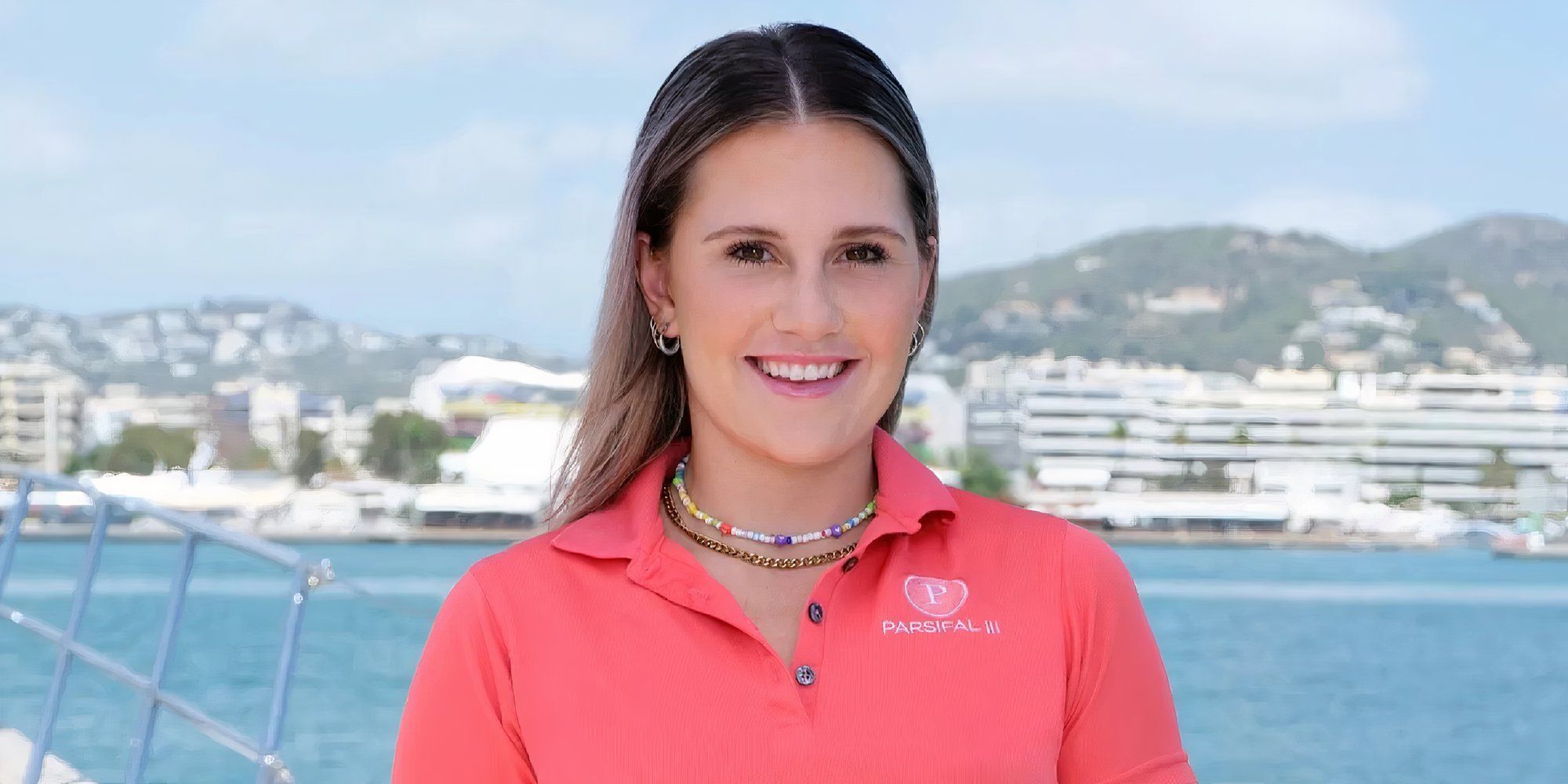The new Netflix film “Maria” is the third in an unofficial trilogy of Pablo Larraín movies about famous women in moments of crisis. First came “Jackie,” Larraín’s 2016 film about Jacqueline Kennedy (Natalie Portman) in the days after the assassination of her husband. Five years later, Larraín made “Spencer,” a film about Princess Diana’s (Kristen stewart) personal struggles during the Christmas season of 1991. In his latest work, Larraín follows opera legend Maria Callas (Angelina Jolie) in a film set largely during her final weeks in Paris, though flashbacks and allusions expand the story to an epic scale.
Focusing on a narrow time period to tell an icon’s larger story is consistent across all three films, though Larraín says it was never his intention to make a trilogy or series. “I don’t have a rational explanation,” Larraín told IndieWire’s Filmmaker Toolkit podcast. “Darren Aronofsky invited me to do ‘Jackie,’ and then I thought about making a movie about Diana and then at the end of that process, I just thought about making a movie about someone I admired my whole life and who I think changed the history of music, and that’s Maria Callas.”
Larraín says he isn’t trying to be unconventional for the sake of being unconventional; he simply doesn’t believe that the traditional biopic approach really works. “I think biopics are a cultural fantasy,” he said. “I don’t think you can make a movie about anyone and go out into the world and say, ‘This is who that person was.'” That said, Larraín does believe that taking a more focused look can provide insights into celebrities’ lives, if not a complete understanding.
“I think any human can probably be better known by how they behave in a crisis than in the good times,” Larraín said. “In the case of Maria, in the last week of her life she basically becomes the sum of the tragedies that she played on the stage for so long.” Larraín knew that he had to establish this idea in an emotionally powerful and immediate manner right from the outset, so he came up with one of the great openings in recent years: a montage that flashes through moments from Callas’ life interspersed with a stark, beautiful shot of Callas singing to the camera in black-and-white — unadorned and unprotected.
For Larraín, that opening sequence served multiple purposes. “There are different ideas behind it,” he said. “One of them, of course, is the musical choice. What is she actually singing? She’s singing ‘Ave Maria,’ which is an aria that it comes from an opera named ‘Otello’ by Giuseppe Verdi. And which is based on the Shakespeare play. And it’s a prayer, right? She’s praying to the Virgin Mary and asking for wisdom, for beauty, for mercy. I think it connects with Callas’ very religious background, and somehow it affects me in a way that I felt made it interesting to start with.”
While Larraín felt that the inspiring quality of the melody would help draw people into the story and introduce Maria Callas in all her scale and complexity, he also felt there was a more practical element to take into consideration. “You’re making a movie about someone extremely famous — an icon, someone that changed the history of music — with another icon, someone that is extremely famous,” Larraín said. “If she’s not the most famous woman in the world she’s one of them, and I think its is a challenge for the audience to believe her [as another character].”
Larraín learned on “Jackie” that it can be tricky having someone famous playing another famous person. “The question is what we as filmmakers have to do in order to create that illusion as fast as possible, so that people are really in the film and not questioning what they are looking at.” For “Maria,” Larraín felt that the key was to be as direct as possible. “Let’s just start with a tight shot of Angelina singing — looking at the lens — this extremely beautiful piece of music that is so haunting and special, and let’s just get rid of the problem that we might have with it.”
When Larraín proposed the idea to Jolie, she was on board with it even though it meant training with that specific piece of music for many months. “And we shot it in 45 minutes,” Larraín said. “She was not scared at all. She loved it.” Jolie’s commitment solved the problem Larraín feared could exist if audiences didn’t buy her as Callas. “I didn’t have to do much. It was her. She was the one in front of the camera singing something extremely difficult that requires a lot of preparation.”
The sequence, which was shot toward the beginning of production, served a practical purpose for the filmmakers as well as the audience. “It was something for everyone’s spirit, starting from her, that said we can do this,” Larraín said. “It’s important and here we are. There are no filters — we’re exposed, starting from Angelina, and we want to tell this story and invite you to carry this problem with us.” Larraín adds that there’s no hiding in opera. “The actor has to sing. There’s no way around it, and that’s the way we did it. It was a concern, of course, but I wouldn’t allow myself to make a movie that doesn’t have that element — it was the best approach for Angelina.”
You can subscribe to the Toolkit podcast on Apple, Spotify, or your favorite podcast platform.

 1 week ago
6
1 week ago
6










 English (US) ·
English (US) ·